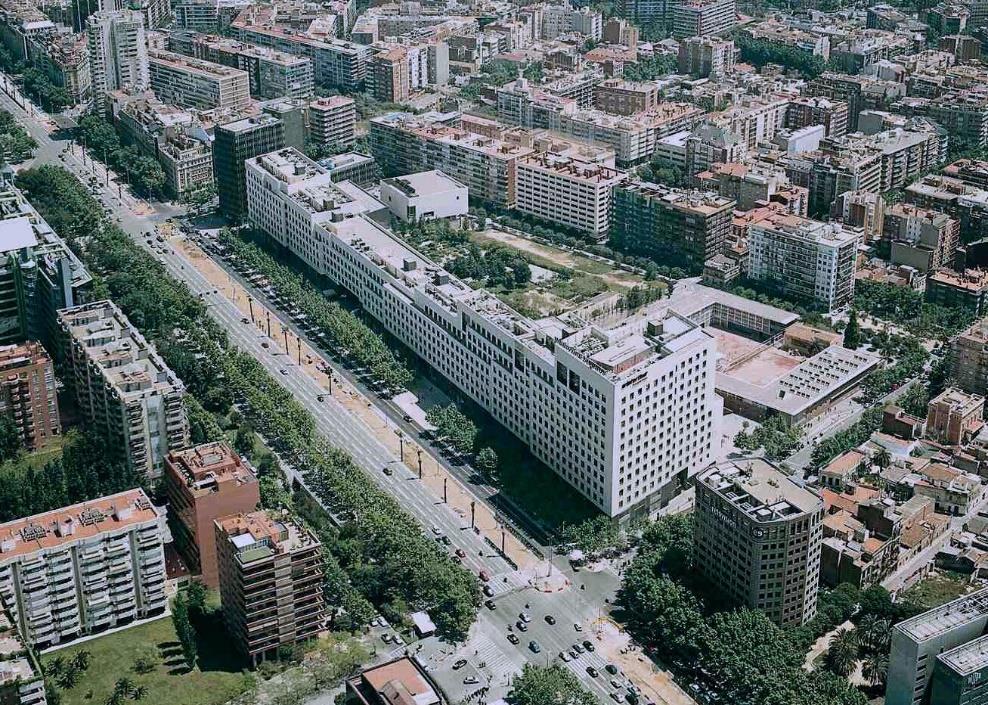
1 minute read
BIG vs. THE GRID
Vilee Wagh
MArch Housing & Urbanism
Advertisement


Critical Urbanism
Tutor: Lawrence Barth
Abstract
Fumihiko Maki, in his investigations in Collective Form, talks about the Metabolist’s theory and their understanding of the concept of size, of the scalar correspondence with the urban geography that persists within a city, and how we can take advantage of this size while dealing with the uncertainty and indeterminacy of the future. In addition to that, the concept of Megaform based on theories by Colquhoun, Fumihiko Maki, Kenneth Frampton, Rem Koolhaas essentially talks about the characteristics that define a megaform. The vast accumulation of capital resulting in occupying a large piece of land with a megastructure, the horizontality and merging with the surrounding landscape, the theory of Bigness, the anticipatory nature of the buildings, they are all related to this typology of buildings that have a certain language that acts as a commonality amongst them. But when we frame the relationship between the function and morphology, and try to bring in the parameter of the grid, the argument is about the regularity of the grid in different cities like Barcelona and its response to the notion of megaform. Can the concept of megaform exist in such an urban condition that involves a regular, rigid grid with the edges of the city addressing the waterfront?
The essay aims at critically analyzing three different projects that share the common characteristics of a megaform, central city urban conditions as well as being a part of a larger grid of the city. The three different geographies respond to this condition in different ways. By carefully investigating the morphologies, the essay aims at developing a typological reasoning towards these projects. The One North proposal by Zaha Hadid Architects, in Singapore is of a scale that holds value to comes across as a megaform in the way it functions. But the question is, why did the original masterplan of One North fail?
What is the relationship between size and integration when talk about the concept of ‘Bigness’? The reinterpretation of the L’Illa project along with the other two projects of Baker House Dormitory by Alvar Aalto and L’Illa Diagonal by Rafael Moneo help us compare and analyze them through a common lens of grid, geographical condition and address the complex argument regarding the notion of Megaforms in dense urban grids.



